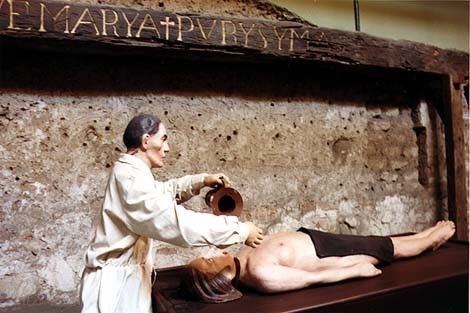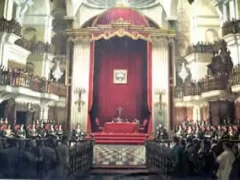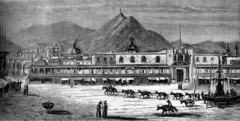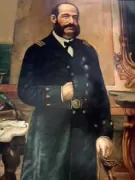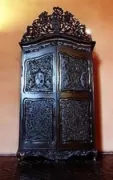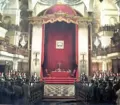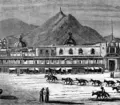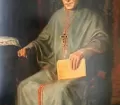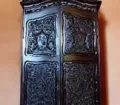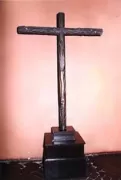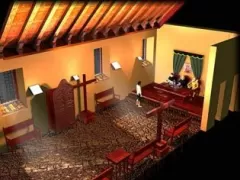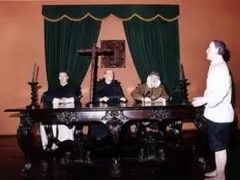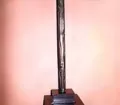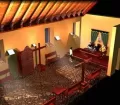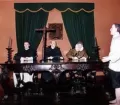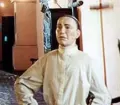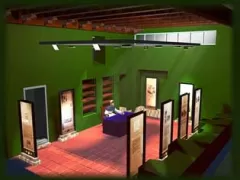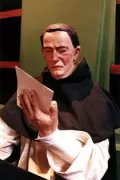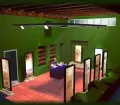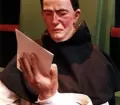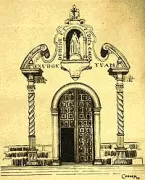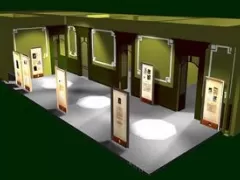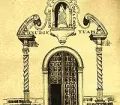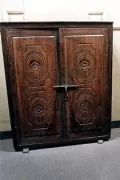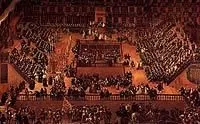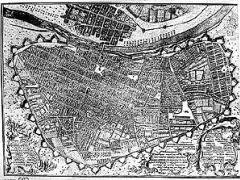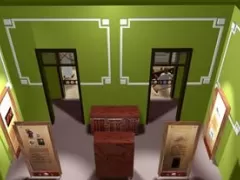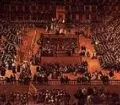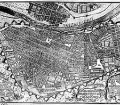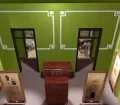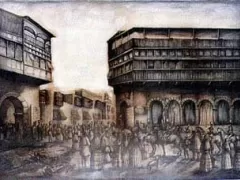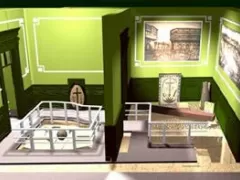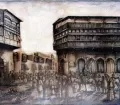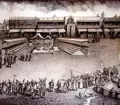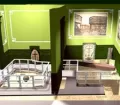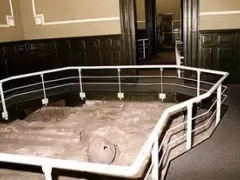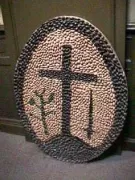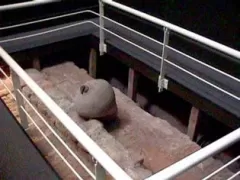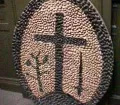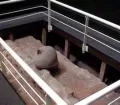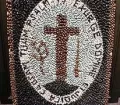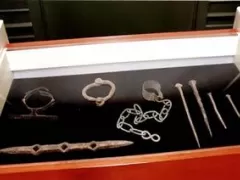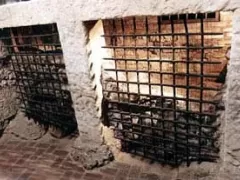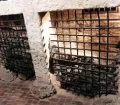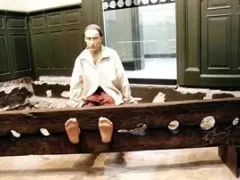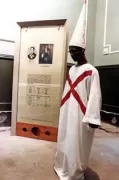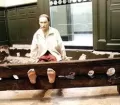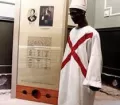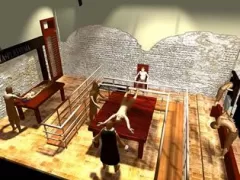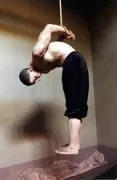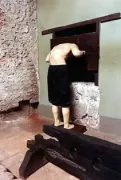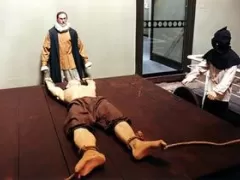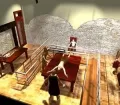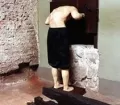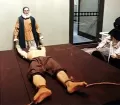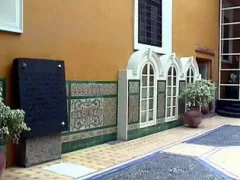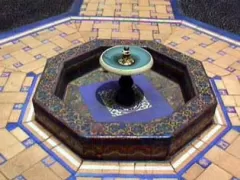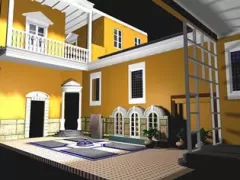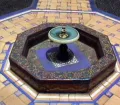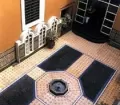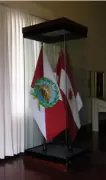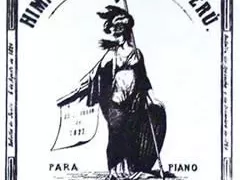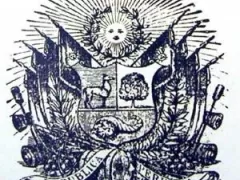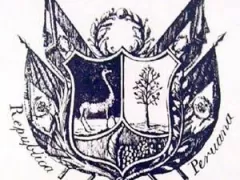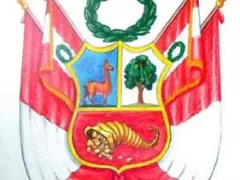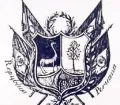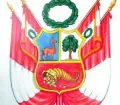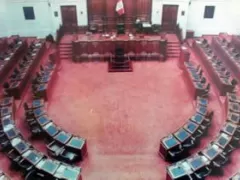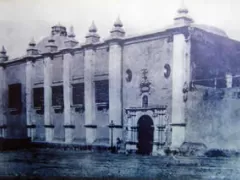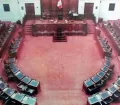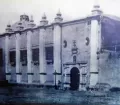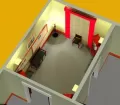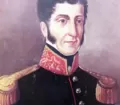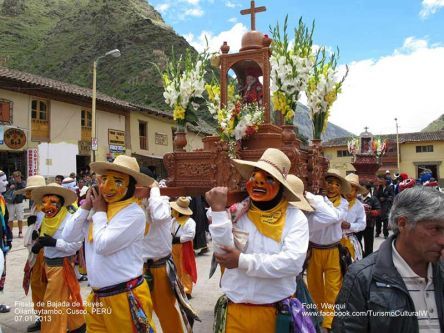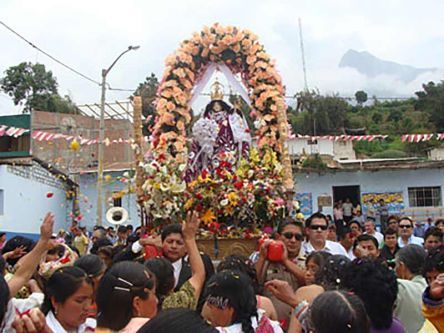The Museum of Inquisition and Congress is housed in the old building of the National Senate and opened its doors to the public on the 26th of July 1968. The mission of the museum is to conserve and pass on the cultural heritage for future generations. At the same time it points out the importance and dignity of the Congress of the Republic in the Peruvian history.
The museum is one of the main museums in Peru, one of the most visited and well known for its good service. The museum is located in an old and important building in Lima which was declared a national monument. In fact the building dates back to the times of the foundation of the city. During the Spanish Inquisition prisoners were tortured in the basement of the building. Today visitors can explore the dungeons and places of torture. With life-sized wax figures setting the scenes it makes your visit sometimes quite creepy. Enjoy...
Museum of Inquisition and Congress
Visitors are welcomed by friendly guides that are more than happy to explain everything from the history to the effects the Spanish Inquisition had on the Peruvian development. Addtionally the Museum of Congress and Inquisition explains the history and development of the Peruvian Congress, beginning in 1822 and ending with today's tasks. To make your visit complete the Museum of Congress and Inquisition offers a small coffee shop and a kiosk where you can buy publications about the Congress of the Republic and other souvenirs.
Hearing Room
In this room the inquisitors held their hearings and ‘charged’ the prisoners. The room was utilized for other "procedures" and "ceremonies" as well. After the end of the Inquisition era in Republican times (1939), this room served the National Senate for meetings. Today a multimedia kiosk explains the history of the Inquisition in Peru and the World.
Chamber of Secrets
The Chamber of Secrets was used as an archive for the court of the Inquisition. All files corresponding to the judgments and to other activities of the institution were kept here.
Room of Processes
The room was remodeled for the National Senate and has today the ambience it had at Republican times. After a fire in the National Library it was used for readings by the "Public Library of the House of Representatives" between 1943 and 1996.
Room of the Inquisition
Room of the "auto de fe"
Auto-de-fé (In Portuguese: Auto-da-fe = "act of faith") is the name of the ceremony during the course of which the sentences of the Spanish inquisition were read and executed. The Auto-de-fé was almost identical with the sermo generalis of the medieval inquisition. It never took place on a feast day of the church.
The ceremony comprised a procession in which the members of the Holy Office, with its familiars and agents, the condemned persons and the penitents took part; a solemn mass; an oath of obedience to the inquisition, taken by the king and all the lay functionaries; a sermon by the Grand Inquisitor; and the reading of the sentences delivered by the Holy Office. Sometimes those who were condemned to the flames were burned on the night following the ceremony.
Room of the "Room of the Archaeological Remains"
In this room is a small excavation site where the remains of an aqueduct (presumably belonging to the first drainage or water supply system in pre-Hispanic Lima) have been discovered.
Room of the "Room of the Secret Cells"
The Inquisition was using two different kinds of cells: the public and the secret ones. The public cells were used after the verdict was pronounced and the prisoners served their sentence according to the judgemental. Normally the cells were for prison standards at that time quite clean, the food included even meat, fruits, eggs, milk, cheese and once a while some wine. The prisoners were allowed to be visited by friends and relatives.
Wealthy prisoners had to finance their stay on their own – you can imagine what this meant. The "stay" of poor prisoners was financed by the Holy Office. The secret cells on the other hand weren't so much "fun". The prisoners were locked away without telling them the reason. The official charge was sometimes held back for weeks, month or even years and an absolute isolation was maintained.
Room of Restrainments
In the well konown Room of Restrainments detainees that had tried to escape prison and the Tribunal were placed here and remained shackled on hands and feet (restrained – to keep them from trying again...).
Room of the Sentences
In this room you can see how the Inquisition dishonoured convicted heretics.
Chamber of Tortures
The Tribunal used in some cases the so called "questioning of torture"; mainly when the statement of the accused was inconsistent or he refused to confess. To stick with the truth, the use of torture by the Tribunal was not as common as Hollywood movies want to make us believe and was "only" applied in about 6% to 9% of all cases. The torture procedures were limited too. While a prisoner was tortured always an inquisitor and a doctor were present. No spilling of blood was allowed and the average time of such a procedure was not longer then 15 minutes.
But what do you think would you confess after 15 minutes…
Nevertheless torture was usual in these times and was applied during normal trials as well.
The "Patio'"
The patio (courtyard) is decorated with "Sevillian" style tiles, typical for houses of this time. The current style is Republican.


